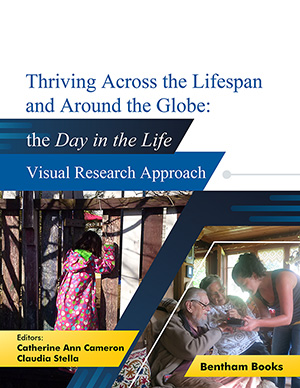Abstract
QCR is conceptually and methodologically useful. It has descriptive and explanatory potential, for example, understanding subjects such as gentrification, or contributing to mixed model mental health projects. This chapter explains ways in which QCR designs benefit research studies. Its aims are to re-emphasize the practical usefulness of QCR design and raise awareness of certain quantitative methodological problems. Suggestions for displaying qualitative results in numerical formats are provided. Researchers face potential quantitative methodological challenges. These include: obtaining study samples; random assignments; obtaining adequate follow-up samples; leaving treatment condition; length of instruments; impairment of participants; potential contamination; historical effects; intervention changes; self-reports; drug use data; inappropriate instruments; relationships with participating agencies; protection of research participants; determining effects of particular drugs; influence of testing on responses; and selecting appropriate statistical tests.
Keywords: Utility of QCR, Presenting Numbers, Methodological Problems.













